Why New Jersey’s Electric Bills Are So High – Explained
It’s no secret. Electric bills this year have been ridiculous. To the point where many people just shut off their air conditioners to try to save (though it didn’t feel like it helped)
Prices have surged across the state, leaving homeowners and businesses from the Wildwoods to the Highlands wondering who is responsible.
While some blame utility companies, politicians or state policies, the truth lies in a tangled web of market forces, regulatory structures, and energy transitions that reach far beyond the Garden State. AKA, many different factors.
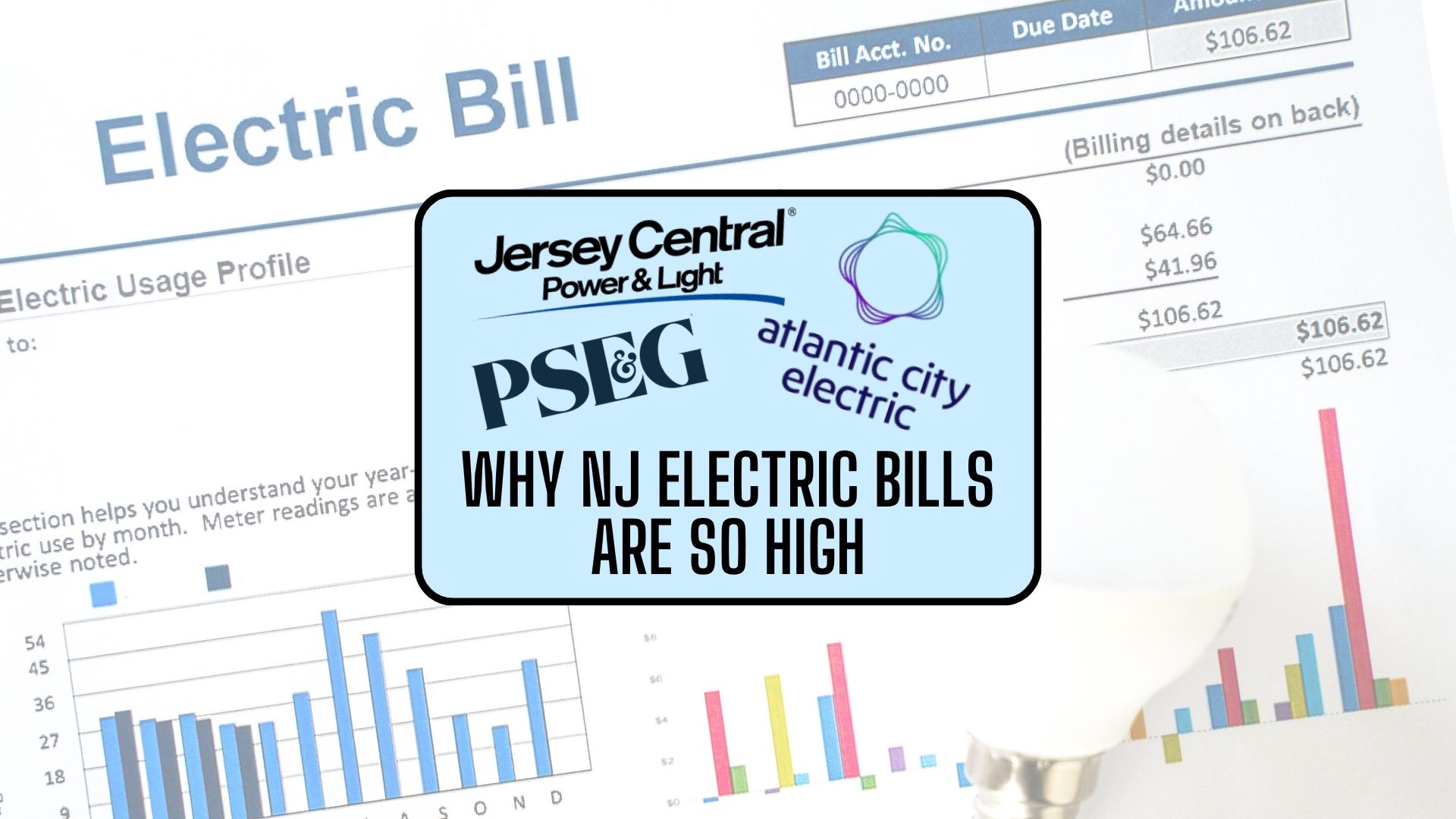
Why New Jersey’s Electric Bills Are So High – Explained
Explaining How Power Is Built On Auctions and Markets
Electricity in New Jersey doesn’t come from a single company or state-controlled utility. Instead, the state is part of a vast regional network operated by PJM Interconnection, a grid manager that oversees the flow of electricity across 13 states and Washington, D.C. PJM’s job is to make sure enough power is available to meet demand and it does this through what’s known as a capacity market.
This is why you might be getting your power from PSE&G but your neighbor gets it from Atlantic City Electric (ACE)
Every year, PJM runs an auction that determines how much power plants will be paid to guarantee electricity for future years.
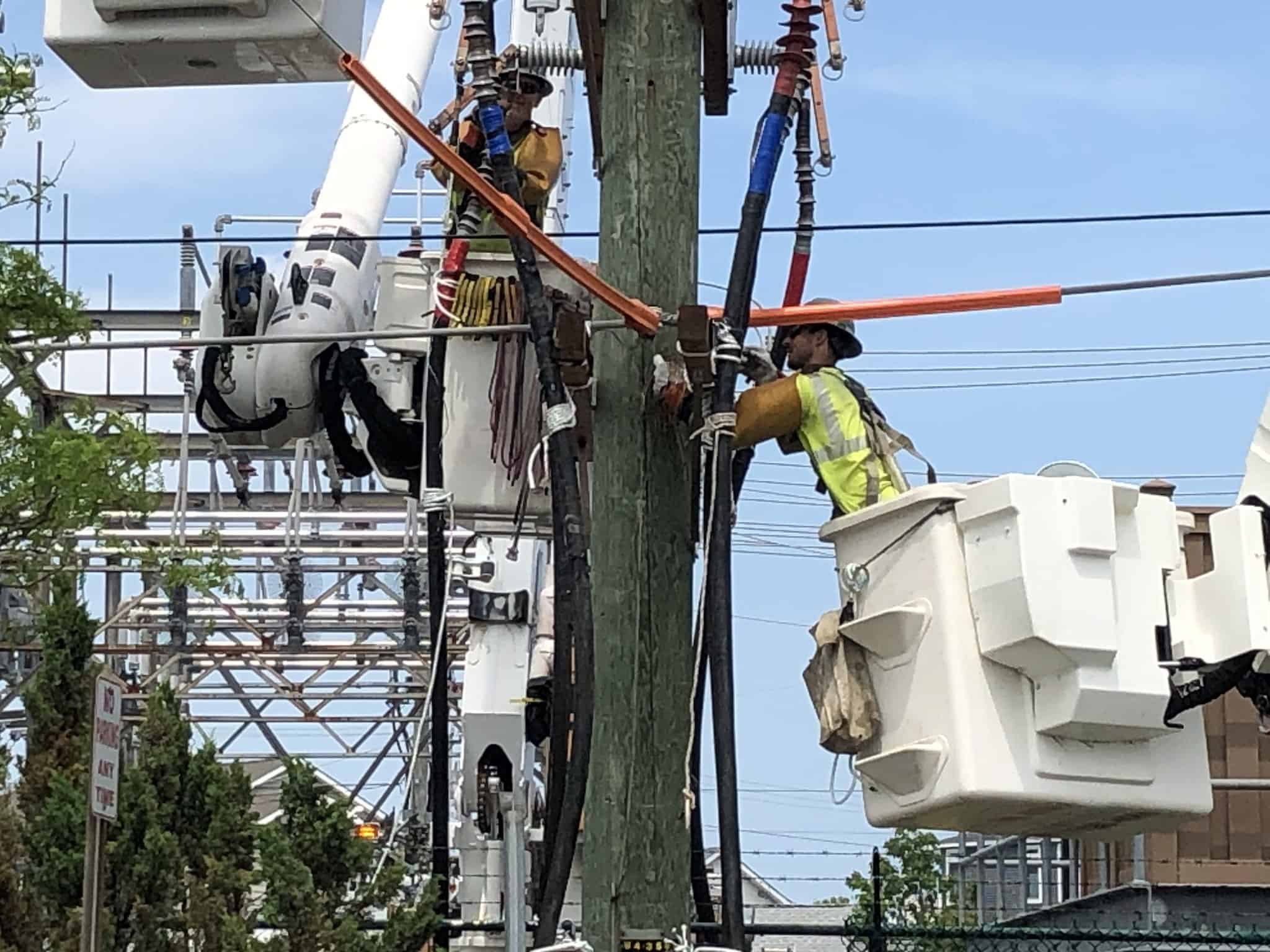
Those costs are then passed directly to customers.
This past year, PJM’s auction cleared at record-high prices.
According to data from the New Jersey Board of Public Utilities (BPU), those wholesale increases alone raised the supply portion of residential bills by roughly 20 percent. For a typical household, that translates into an additional $20 to $30 per month.

Part of the problem is that demand for electricity is climbing quickly while supply remains tight.
Homes and businesses are using more power than ever before, and new data centers, electric vehicle chargers, and all-electric heating systems are stretching the grid’s limits.
The biggest culprit here is the data centers. New A.I. technology uses a ton of energy. So think for a moment. We are, as a state as of whole, having a larger demand, but not enough power.
At the same time, many older fossil fuel plants in New Jersey and neighboring states are shutting down.
New renewable energy projects are coming online, but not fast enough to replace what’s being retired. The result is a supply-demand imbalance that pushes prices upward.
The Inside Climate News recently reported that PJM has struggled to connect new clean-energy projects to the grid. Bureaucratic delays and a backlog of interconnection requests have left hundreds of megawatts of planned generation sitting idle on paper while demand continues to grow.
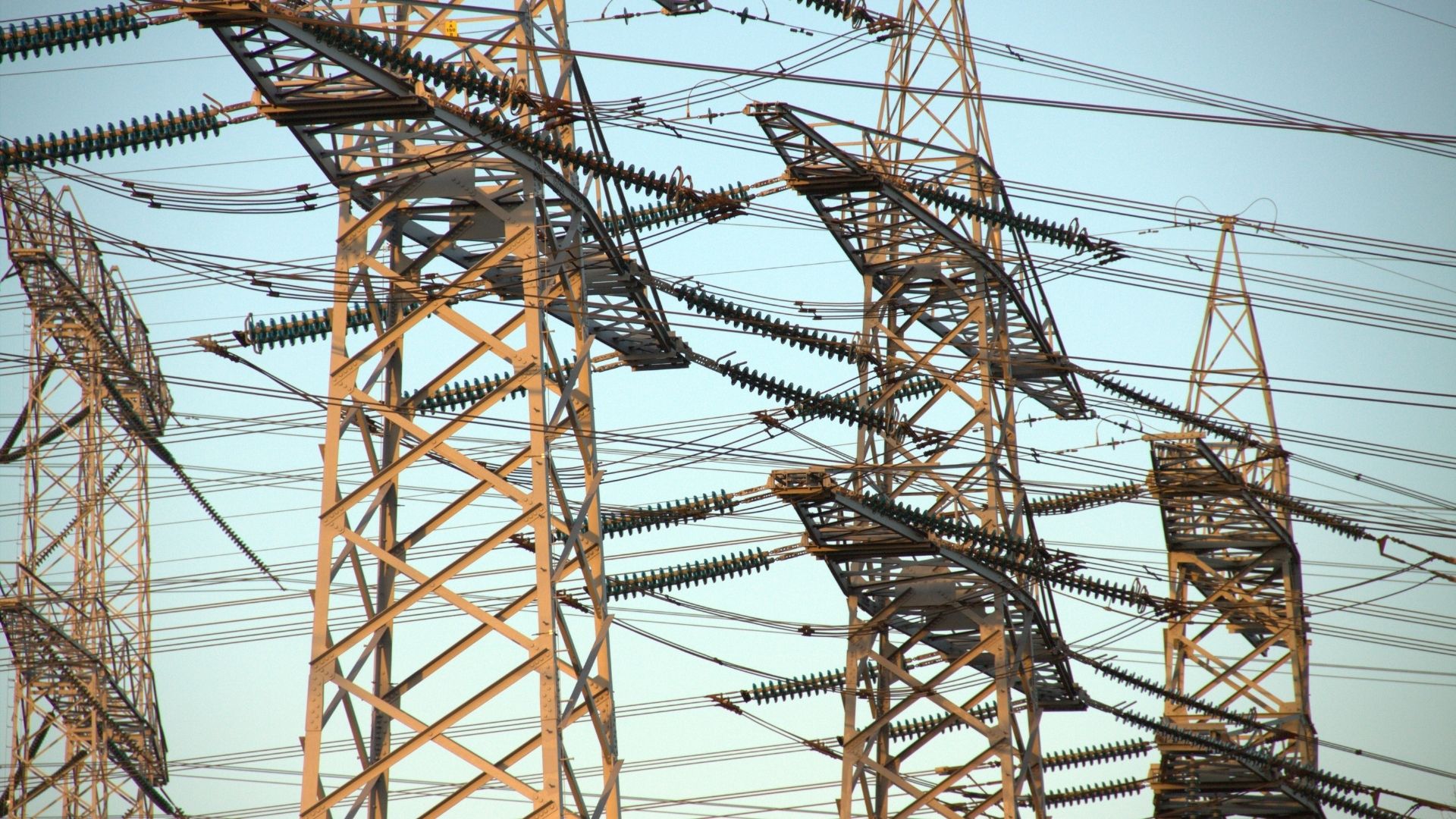
New Jersey has some of the most ambitious clean-energy targets in the country. Governor Phil Murphy’s administration has committed to 100 percent clean electricity by 2035, phasing out fossil fuels in favor of wind, solar, and nuclear power. Through this is going to be scaled back more with new restrictions of funding.
Supporters say the transition is essential for the environment and will eventually lower costs by reducing dependence on volatile natural gas markets. But the shift is not without short-term pain.
Retiring older plants before replacements are ready can tighten supply, and the infrastructure needed for renewables like transmission lines and storage facilities takes years to build.
Energy analysts point out that clean-energy goals aren’t the main reason for the current price spike, but they do contribute to what experts call a “transition premium.” As utilities invest in new systems and technology, the upfront costs are passed to ratepayers.
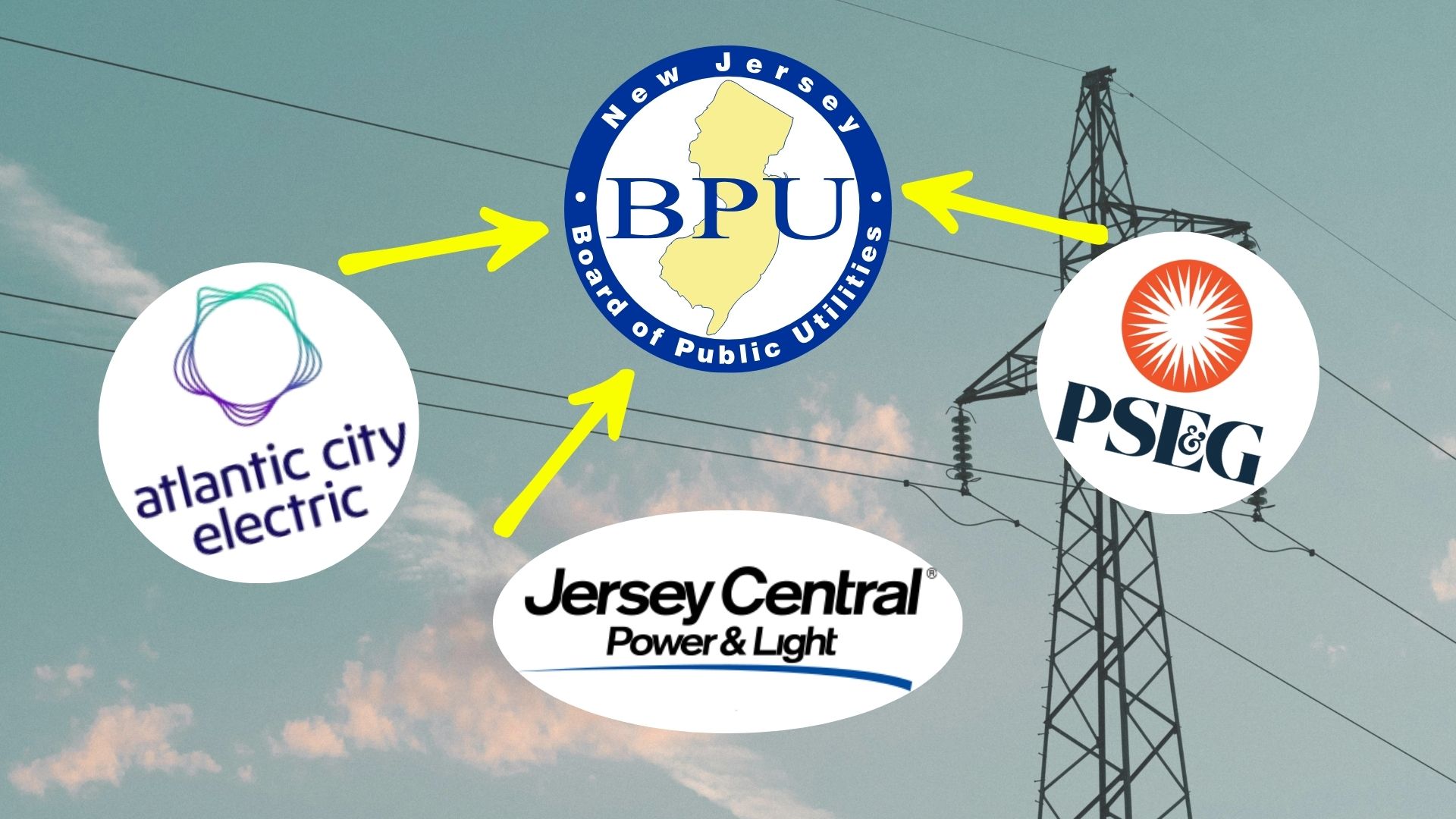
The New Jersey Board of Public Utilities serves as the state’s energy referee. It approves rate adjustments, monitors the utilities’ spending, and ensures compliance with state energy policies. While utilities request rate hikes, the BPU must approve them, meaning the state plays a direct role in how much residents ultimately pay.
In February 2025, the BPU approved the latest Basic Generation Service (BGS) auction results, confirming the significant supply cost increases that took effect June 1.
In a statement, the agency said the jump was “driven by higher regional wholesale energy costs and increased demand across the PJM footprint.”
Also See: Morey’s Piers Giant Wheel to Be Removed for Major Refurbishment
To soften the blow, the BPU announced a temporary $50-per-month credit for residential customers in September and October. Still, those credits are a short-term patch on a long-term structural problem.
Is Anyone to Blame?
When bills rise suddenly, the instinct is to look for someone to hold accountable. But in this case, there’s no single villain.
- PJM Interconnection sets the market framework and runs the capacity auctions that triggered this year’s spike.
- The Federal Energy Regulatory Commission (FERC) oversees PJM’s rules, meaning the pricing mechanisms are federal, not state, decisions.
- Utilities like PSE&G and Atlantic City Electric act as intermediaries. They don’t profit from higher supply costs; they simply pass them through to customers.
- The BPU and state government influence long-term energy policy and infrastructure planning but don’t control day-to-day wholesale prices.
- Global factors, including fuel prices and extreme weather, also ripple through the system.
In other words, the increase is not a matter of greed or mismanagement. It’s the result of a regional market system reacting to constrained supply and shifting energy priorities.
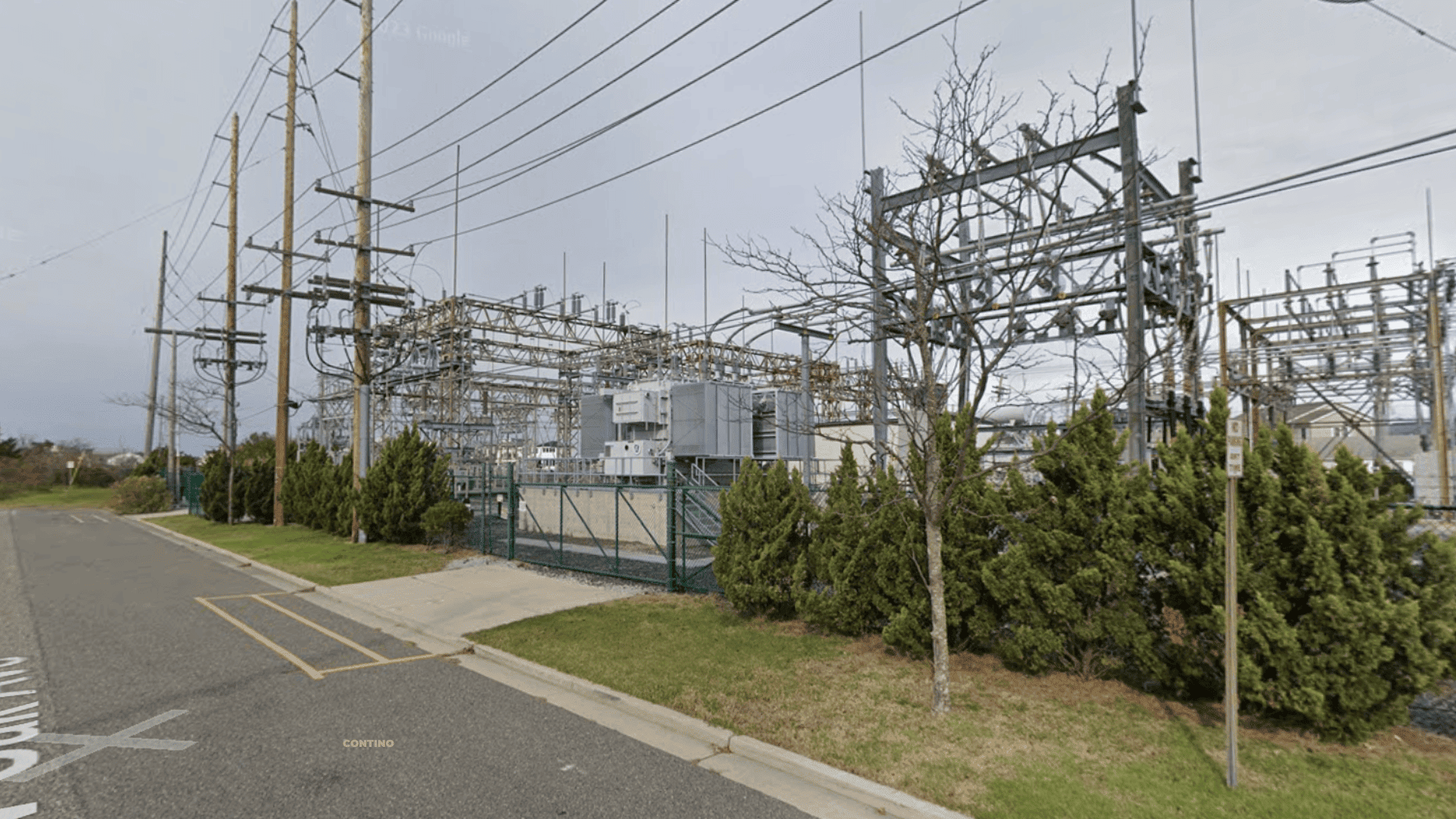
Electricity prices aren’t just climbing in New Jersey. Across the eastern United States, utilities tied to PJM are facing similar pressures. Regional wholesale markets were designed to encourage competition and efficiency, but as the grid evolves, those same markets can struggle to adapt.
Analysts say the key to stabilizing costs will be speeding up grid modernization. That includes connecting new renewable energy sources faster, investing in battery storage, and upgrading aging transmission lines.
What Residents Can Do
While customers can’t control PJM auctions or state policy, there are still ways to manage costs.
- Check whether your utility offers time-of-use plans or demand-reduction programs that reward lower consumption during peak hours.
- Consider energy efficiency upgrades, including insulation and smart thermostats, which the New Jersey Clean Energy Program helps subsidize.
- Rooftop solar and battery storage remain long-term investments that can offset future rate increases, especially in coastal areas with ample sunlight.
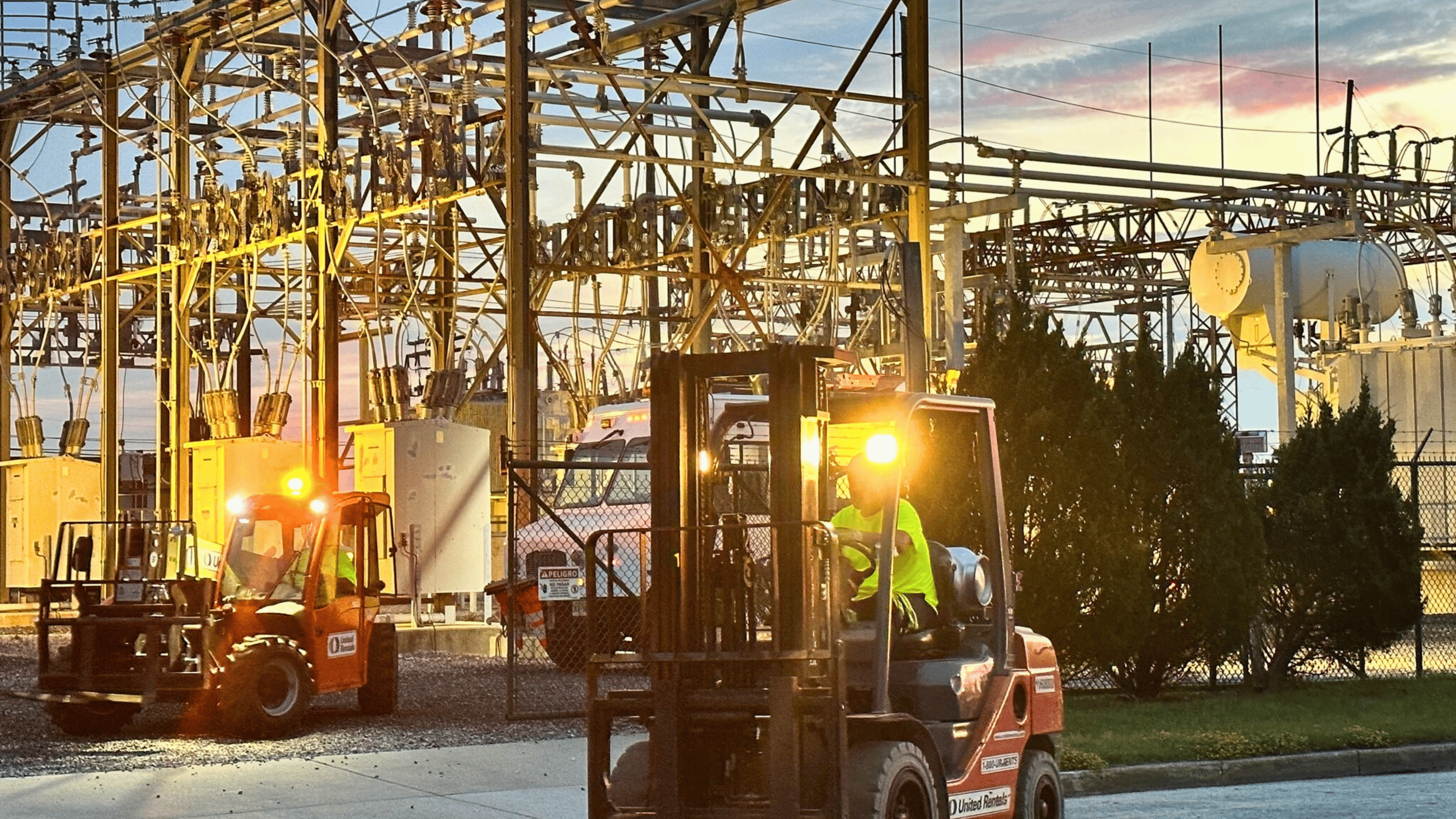
Lawmakers in Trenton have already called for more transparency from PJM and the utilities about how capacity and supply costs are determined. The state is also reviewing how renewable projects are prioritized in the grid’s interconnection queue.
But even with those efforts, experts caution that electricity prices are unlikely to drop significantly in the near future. Until the regional grid catches up with growing demand and new clean-energy infrastructure comes online, higher bills may be the new normal.
For now, New Jersey’s electric rates reflect the cost of transition away from fossil fuels, toward cleaner power, and through a marketplace that’s still learning to balance reliability with affordability.
Did you have a crazy this year? What was your highest? Let us know.
